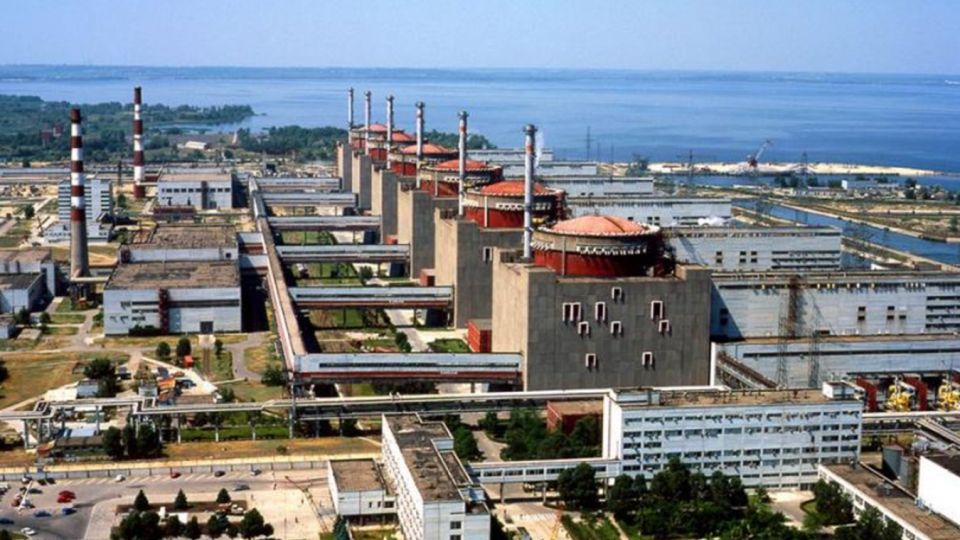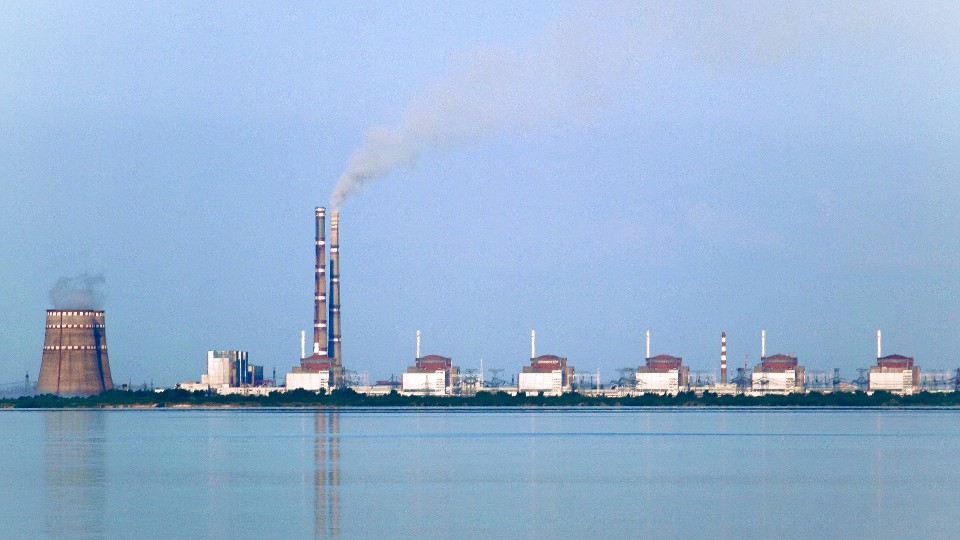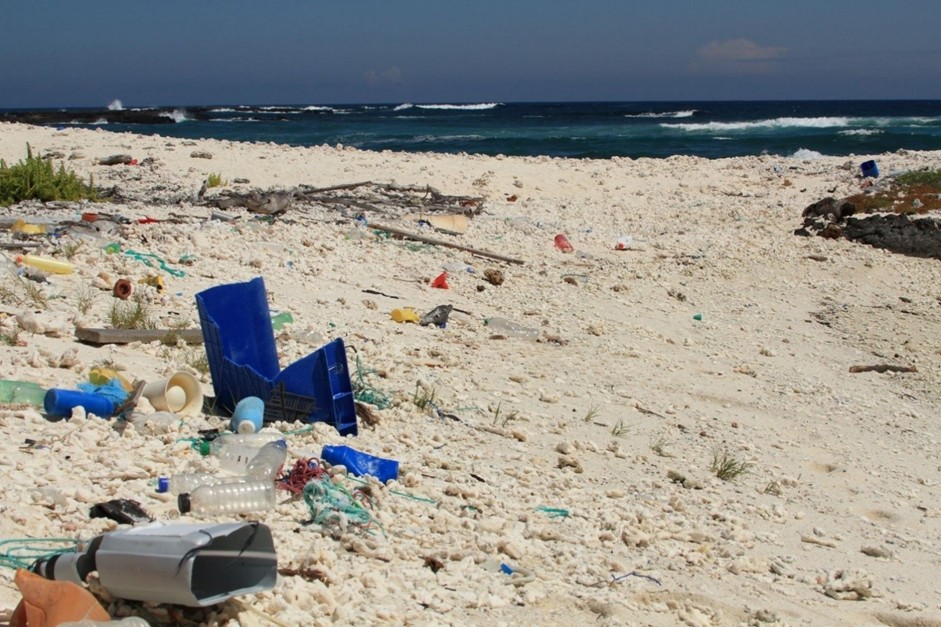Destruction of Ukrainian dam threatens Zaporizhzhia
A Soviet-era dam downstream from the Zaporizhzhia nuclear power plant in southeastern Ukraine collapsed last evening, causing the water level of the Kakhovka Reservoir north of the dam to drop and raising new concerns over the already jeopardized safety of the Russian-occupied nuclear facility, Europe’s largest. The reservoir supplies water for, among other things, Zaporizhzhia’s cooling systems.










